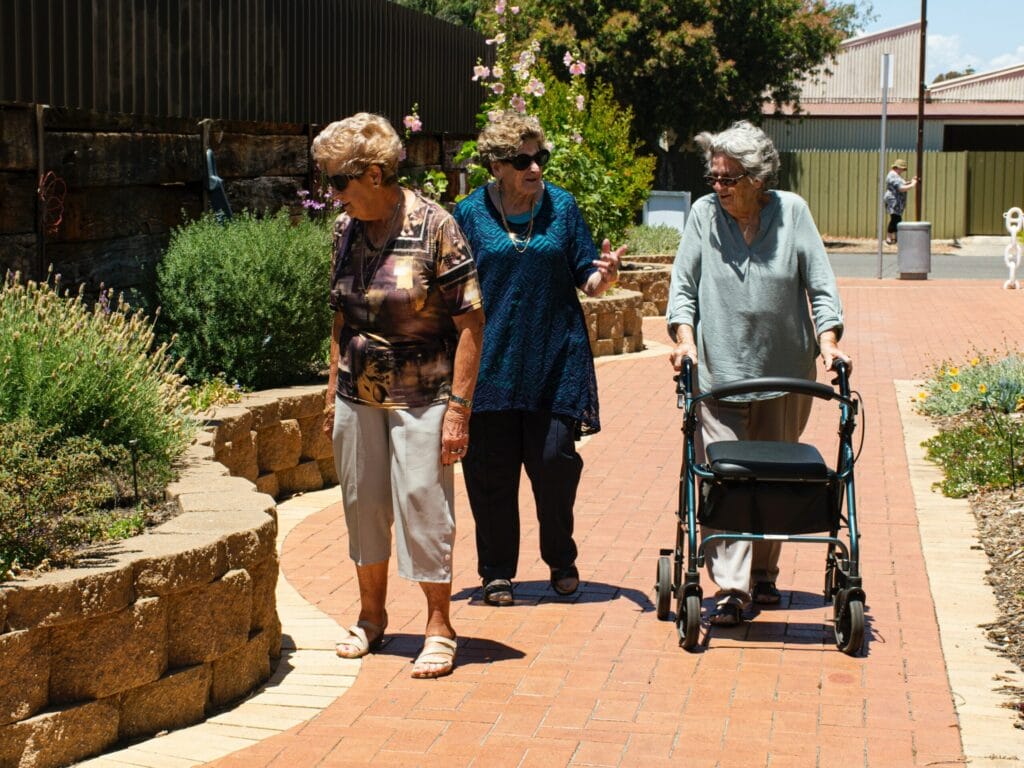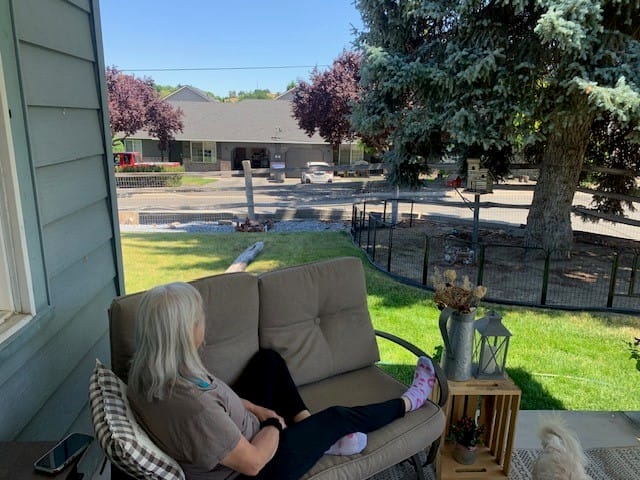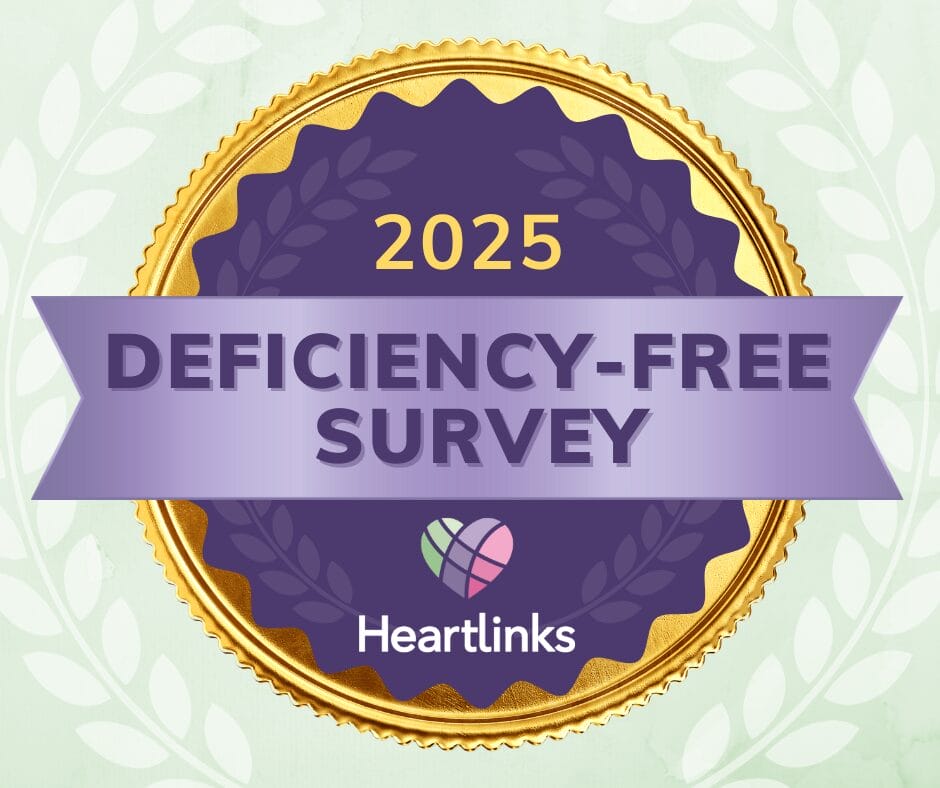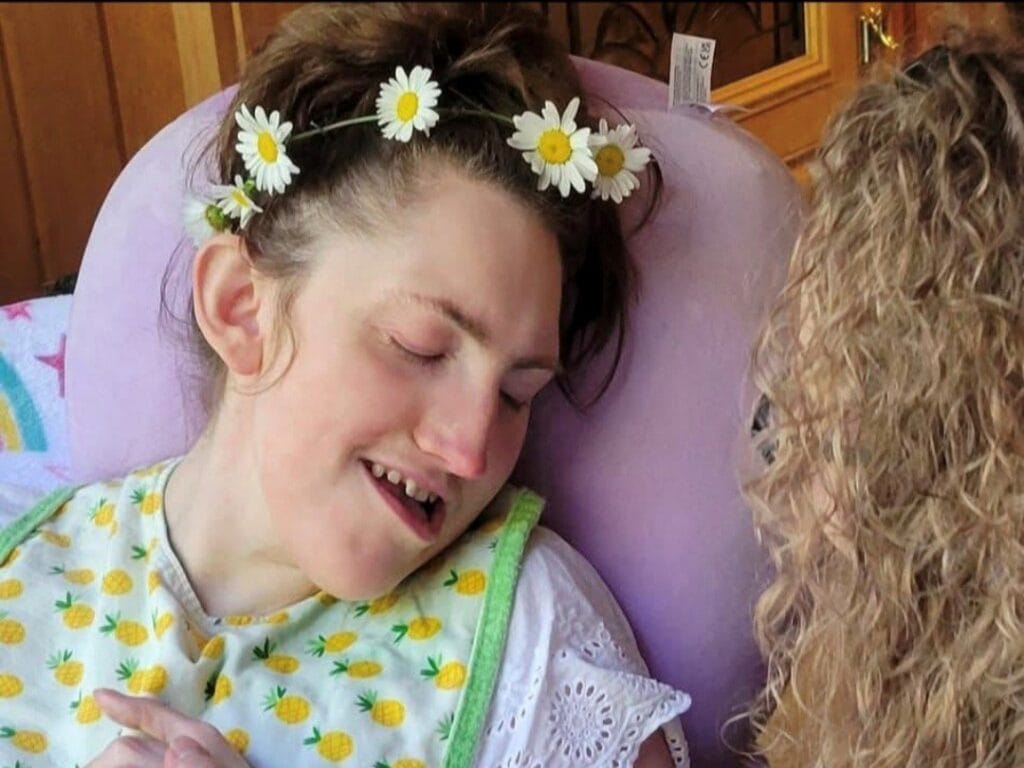Who Pays for Hospice and Palliative Care?

If you or someone you love is facing a serious illness, the last thing you want to worry about is how you’re going to pay for care. At Heartlinks, we understand that. And here’s the truth: our patients never receive a bill from us.
That might sound surprising, especially when healthcare costs seem to continue to rise. But Heartlinks is a nonprofit hospice and palliative care provider, and making care accessible—regardless of someone’s ability to pay—is at the heart of what we do.
First: What’s the Difference Between Hospice and Palliative Care?
We get this question a lot, and it’s a good one. Both hospice care and palliative care are centered on comfort, dignity, and support for the whole family.
Palliative care is focused on relieving symptoms and improving quality of life at any stage of a serious illness—it can be provided alongside curative treatments.
Hospice care, on the other hand, is specifically for those nearing the end of life, when curative treatments are no longer in alignment with the family or patient’s goals of care.
So…who does pay for this kind of care?
In most cases, hospice and palliative care services are covered by:
- Medicare
- Medicaid
- Private Insurance
- VA Benefits
But even with these sources, there’s a gap between what’s covered and what it actually costs to provide high-quality, whole-person care.
In 2023, that gap added up to $926,021. Thankfully, that difference was made up by the generosity of donors, grants, and in-kind gifts from our community. That support accounted for 13.89% of our total expenses—and without it, we couldn’t keep our promise to never bill our patients.
Hospice Coverage: Mostly Covered, But Not Always Everything
Medicare covers nearly all hospice services under the Medicare Hospice Benefit. Medicaid offers similar coverage for eligible individuals in Washington. There are a handful of private insurance plans that include hospice benefits, though the details vary depending on the plan. Veterans can also receive hospice care through the VA at no cost.
Still, not everything is always covered—the cost of providing care is much more than what is reimbursed by outside sources. That’s where nonprofit hospices like Heartlinks step in.
Palliative Care Coverage: It’s More Complicated
Unlike hospice, palliative care doesn’t have a dedicated Medicare benefit. Coverage depends on the situation:
- Medicare Part B may cover doctor visits and outpatient symptom management.
- Medicare Part A can help if the patient is hospitalized.
- Medicaid and private insurance may offer coverage—but again, the fine print varies.
- Veterans can access palliative care through the VA or its community partners.
And yes, some services may require co-pays or prior authorization.
What if Someone Doesn’t Have Insurance?
Heartlinks offers charity care on a sliding scale. All it takes is a simple five-question worksheet to determine need. It’s quick, confidential, and helps us responsibly use the donations we receive to make sure no one goes without care.
Common Misconceptions We Hear
“Hospice is free, right?”
Not always. Most services are covered, but not every expense. That’s why your donations matter.
“Hospice means giving up.”
Not true. Hospice is about comfort, dignity, and quality of life. Patients still receive medication, medical equipment, and care from a full support team.
“Hospice is just for the last few days.”
Patients can receive hospice care for six months or longer, depending on their needs.
“Palliative care is only for the dying.”
Nope. Palliative care can start at any point in a serious illness—whether someone is actively seeking treatment or not.
“You can only get care in a hospital or nursing home.”
Hospice and palliative care can happen wherever a patient calls home—whether that’s a private residence, assisted living, or an adult family home.
Real Stories, Real Heart
At Heartlinks, we’re constantly adapting to meet families where they are—financially and emotionally.
We once served a patient who normally lived in Canada but wanted to spend their final days with loved ones in the U.S. Because we don’t bill our patients directly, it was outside our usual practice when the family asked to pay for services. They were so touched by the care we provided, they insisted. We worked with them to find a solution that honored their wishes and our values as a nonprofit.
Another challenge? Some private insurance plans now require co-pays or deductibles. Traditionally, we haven’t been set up to collect those, but we’re evolving—finding ways to work with families so they can get the benefits they’re entitled to, without added stress.
Bottom Line: Care Comes First.
At Heartlinks, we’ll always do whatever we can to make sure cost isn’t a barrier to comfort, dignity, and peace.
And if you’ve ever donated to Heartlinks—thank you. You helped cover that $926,000 gap last year. You made a difference to someone’s family when they needed it most.
Want to help us continue this mission? Donate here.











